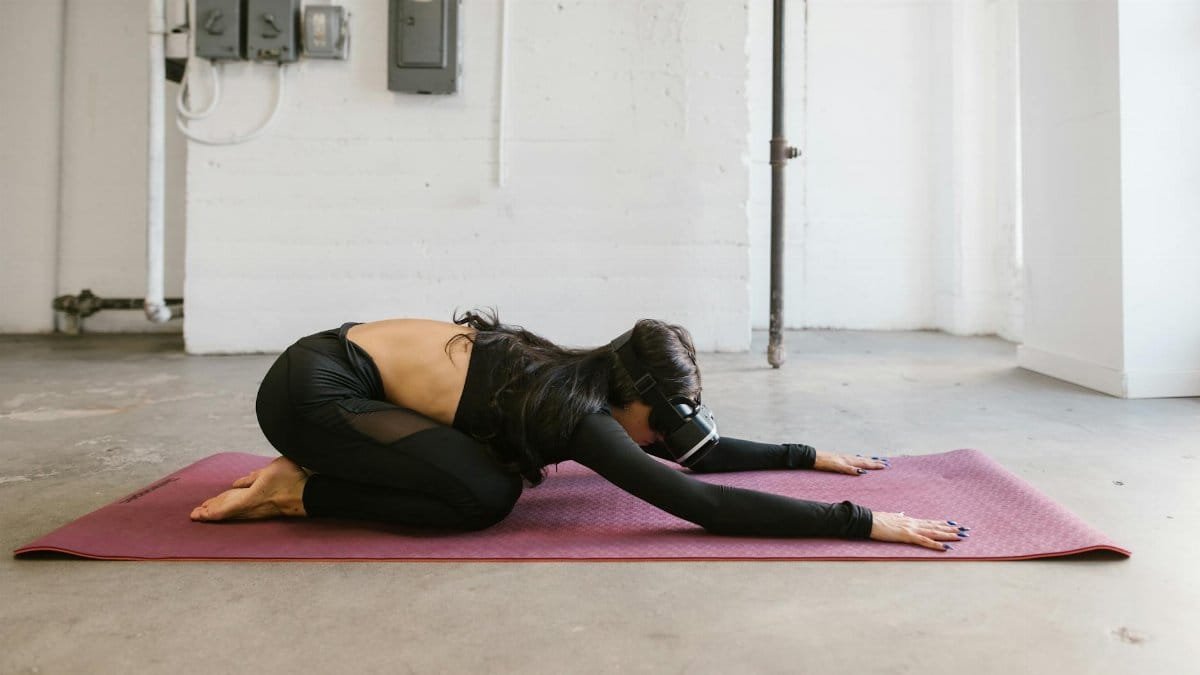In Sioux Falls, South Dakota, a groundbreaking approach to student wellness is making waves. Simply put, south dakota vr calm rooms are immersive virtual reality spaces designed to help students de-stress, and they matter because they’re showing real results. Eight middle schools in the area have recently introduced VR pods that transport students to serene forests and cascading waterfalls, paired with guided breathing cues. Early data from this innovative pilot program suggests a significant drop in disciplinary issues, sparking interest in how technology can transform school environments.
A New Approach to Student Wellness
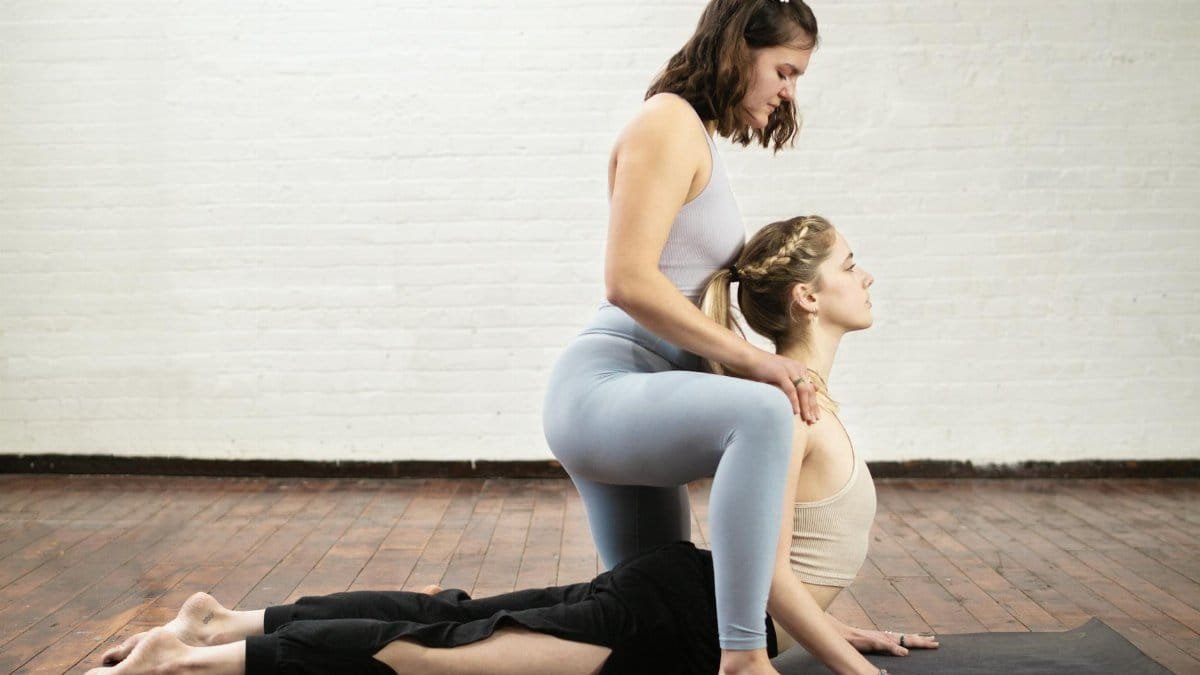
Launched on January 29, 2025, in Sioux Falls, this initiative targets middle school students, a group often grappling with stress and behavioral challenges. The VR pods, installed in eight schools, create a virtual escape where students can step away from the pressures of the classroom. These “calm rooms” project vivid nature scenes—think lush green forests and soothing waterfalls—designed to lower anxiety and promote mindfulness. It’s a tech-driven solution that feels like a brief vacation without leaving campus.
Breathing in Sync with Technology
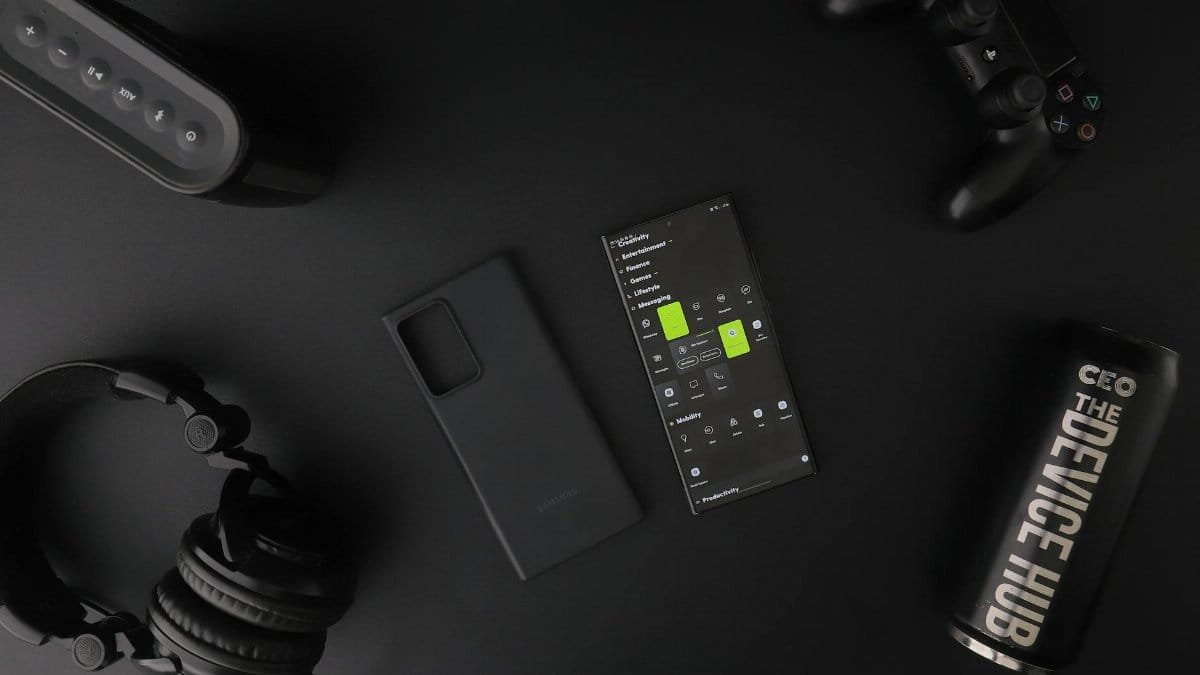
What sets these south dakota vr calm rooms apart is the integration of EgoEase breath cues. This feature syncs the virtual environment with guided breathing exercises, helping students regulate their emotions in real time. As students inhale and exhale, the visuals respond, creating a calming rhythm that mirrors natural patterns. School administrators note that this interactive element keeps students engaged, turning a passive break into an active reset for their mental state.
Disciplinary Incidents Drop Sharply

The pilot program’s initial results are hard to ignore. Over the course of a single semester, disciplinary incidents across the eight participating middle schools decreased by 26%. This significant reduction suggests that providing students with a dedicated space to decompress can directly impact behavior. While the data is preliminary, it points to a potential game-changer for how schools address conflict and stress, shifting the focus from punishment to prevention.
Sanford Health Steps In
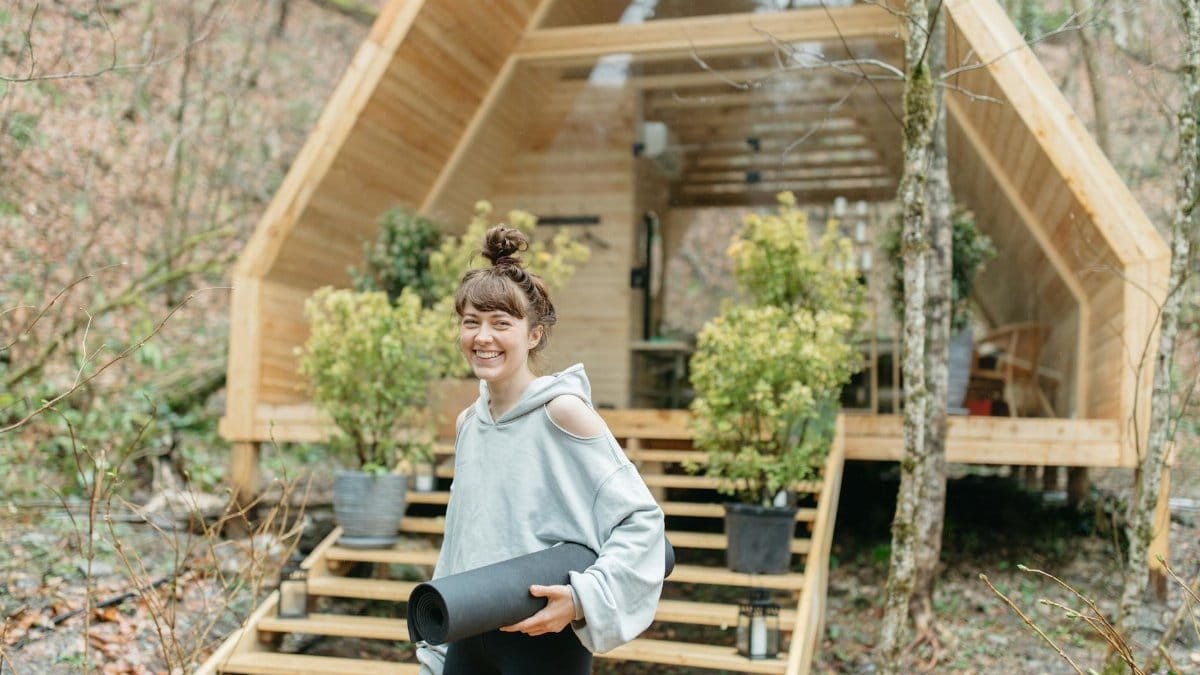
Recognizing the promise of these findings, Sanford Health, a major regional healthcare provider, has committed to funding further evaluation. Their involvement aims to dig deeper into the long-term effects of VR calm rooms on student outcomes. This partnership underscores the growing interest in mental health solutions within educational settings, especially as schools nationwide seek innovative ways to support students in 2025 and beyond. Sanford’s backing ensures the program’s expansion and credibility.
Linking VR to Academic Success
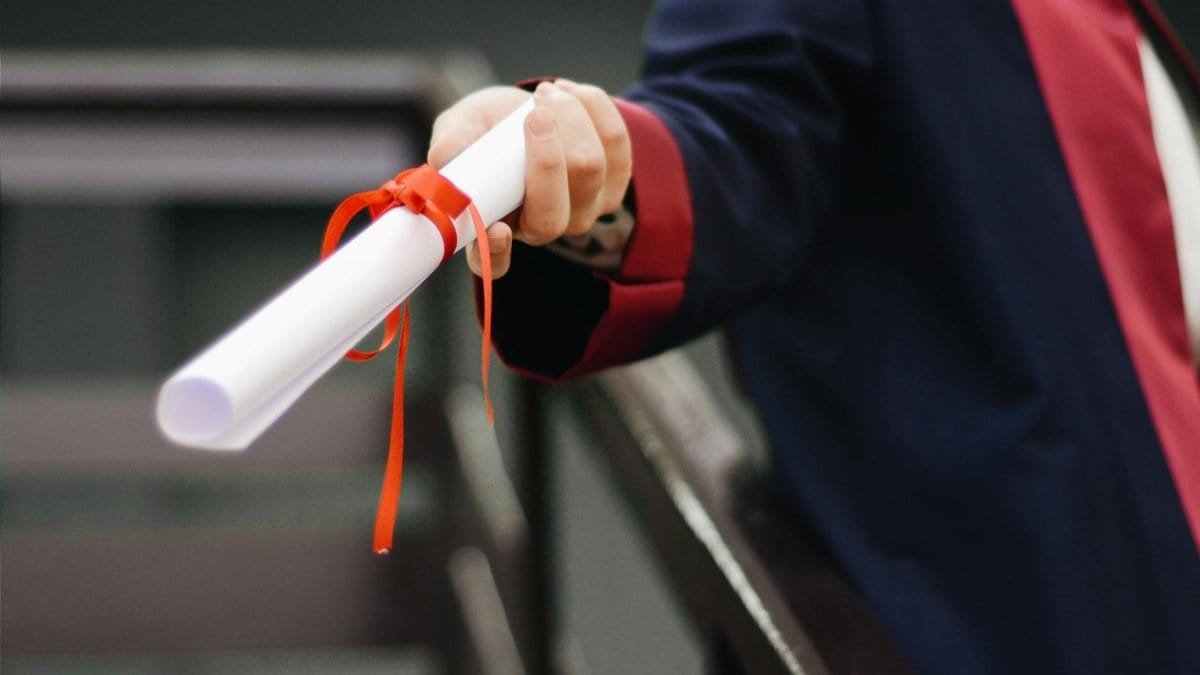
The next phase of research, supported by Sanford Health, will explore connections between VR session frequency and key academic metrics. Specifically, evaluators will track changes in students’ GPA and absenteeism rates. The hypothesis is straightforward: if regular use of south dakota vr calm rooms reduces stress, it could lead to better focus, improved grades, and fewer missed school days. This data could solidify VR as a staple in school wellness programs.
Broader Implications for Education
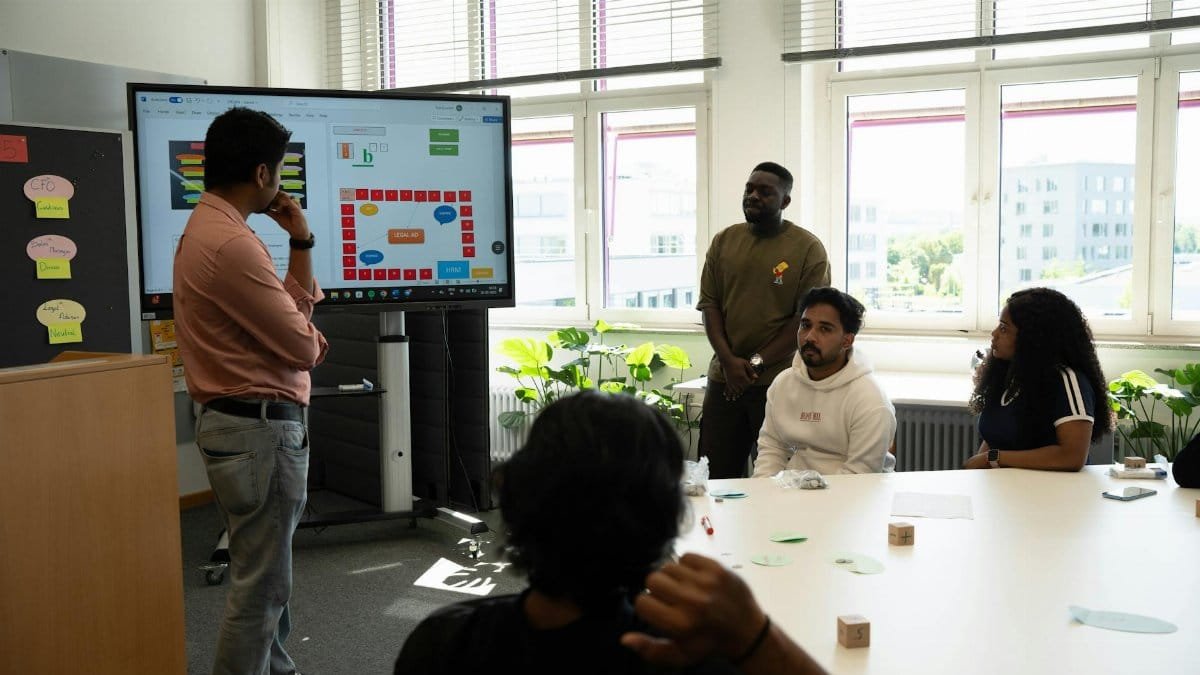
The success of this pilot in Sioux Falls raises questions about scalability. If VR calm rooms prove effective in improving behavior and academics, they could become a model for other districts across the U.S. Mental health challenges among students have been a growing concern, with studies from organizations like the Centers for Disease Control and Prevention highlighting rising anxiety rates. Technology like this offers a potential lifeline, blending innovation with urgent need.
Challenges and Future Steps

Still, implementing VR technology isn’t without hurdles. Costs, maintenance, and ensuring equitable access for all students are concerns that Sioux Falls schools will need to address. Additionally, while the 26% drop in disciplinary incidents is promising, long-term studies are needed to confirm sustained impact. Resources from groups like the U.S. Department of Education could provide guidance as this program evolves, potentially shaping national policies on tech in schools.
The south dakota vr calm rooms initiative in Sioux Falls is a bold experiment at the intersection of education and technology. With early success in curbing behavioral issues and strong support from Sanford Health, it’s a story worth watching. As more data emerges on academic and attendance outcomes, these virtual havens might just redefine how schools nurture student well-being.
